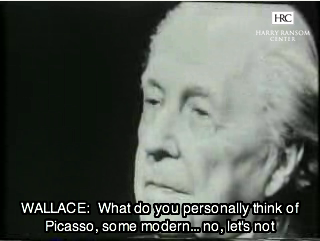Last week, Interactive Architecture ran an article about the Singing-Ringing Tree sculpture in Burnley, Lancashire, UK. The video resonated very much with some of my recent thinking on how public art that is part of the commons can be at the heart of community economic development.
First of all, it reminded me of an interview of Douglas Rushkoff about his latest book Life Inc where he tells the story of how Middle Age cathedrals were built:
The Vatican and central Rome did NOT build the cathedrals. The funds came from local currency. They were what we would now call “demurrage” currencies that were earned into existence. Towns ended up creating more value than they knew what to do with! They started investing in their infrastructure and their windmills and their water wheels; and also in their future in the form of cathedrals and other tourist attractions.
The second thought I have had recently is that a currency is a unit of contribution to a common goal, and it is this common goal that gives the value to the currency, because the common goal provides a social incentive for everyone to participate in their own way, some by contributing directly to the common goal and being issued currency, others by contributing indirectly to the goal by accepting it for goods/services. In my view, individuals’ common goals or common individual goals are what initially create community, more than anything else.
A public art piece like the Singin-Ringing Tree is such a common goal. It creates long-term value for local businesses like the cathedrals of the middle-age. It creates identity and pride for the local population. It also create jobs.
One approach to funding art is to seek grants from tax-funded government development agencies, but this approach can be viewed as quite inefficient since it requires tax collection, projects competing for funding with other projects, and a hierarchical and highly centralized decision making process.
Another approach could be to use a community currency dedicated to the particular art project. It would work like this:
- The art project would issue acknowledgments for in-kind or monetary donations made to the project. Issuance would be made public.
- Businesses could show their support by accepting some of these acknowledgments for partial payment of goods/services they provide.
- The notes, if printed in paper, could bear an artist rendering of the public art piece to be built.
- After it is built, the public art piece would likely attract tourists to whom the notes could be sold as a “piece” of the art piece, likely for many times the face value in dollar, since originals would be in limited supplies. This would provide a natural way for the currency to disappear from circulation, and be replaced by new ones for new projects.

